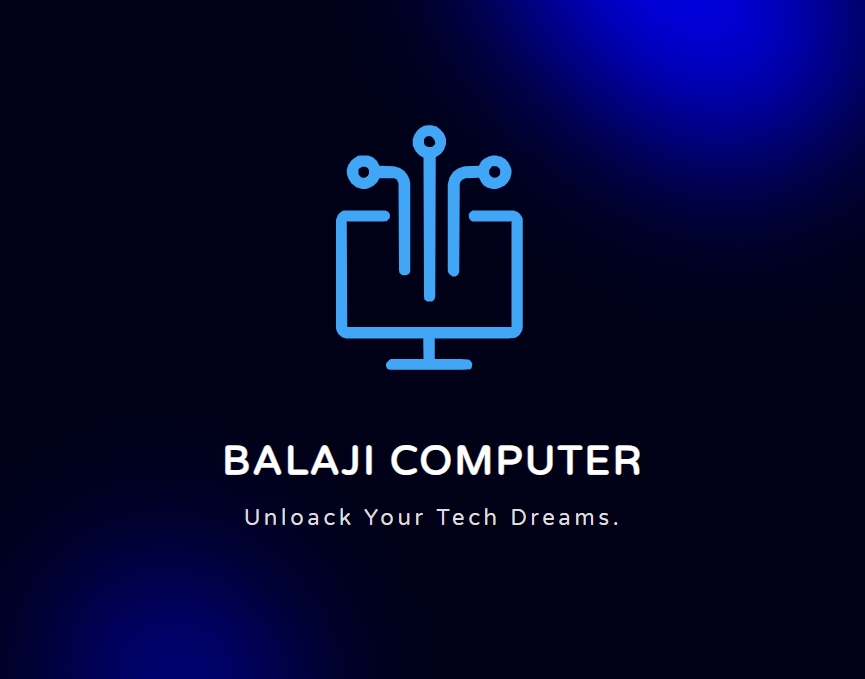




Duration
12 months
Level
Advanced
Language
English
Balaji Computer offers a comprehensive range of courses designed to equip students with the essential skills required in today’s digital world. Our curriculum covers various topics, including typing proficiency, Microsoft Office applications, and advanced Excel techniques, ensuring students are adept at navigating modern workplace demands. We also provide programming courses in C, C++, PHP, and JavaScript, allowing students to build a solid foundation in software development. For aspiring web developers, our courses in HTML5, CSS3, Bootstrap, and React JS cover the latest technologies and frameworks necessary to create responsive and dynamic web applications. Additionally, we delve into database management with Laravel and enhance client-side interactions using AJAX and jQuery. With a focus on practical learning and hands-on experience, Balaji Computer prepares students to excel in their careers, fostering both technical skills and creative problem-solving abilities that are critical in the fast-paced tech industry.